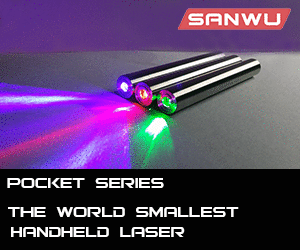Short answer, larger diameter lenses with longer focal lengths produce lower divergence. The larger the lens (as long as the focal length is right not to under, or overshoot its diameteter by a large amount), the lower the divergence. You would have lower divergence, even if you overshoot 50%, but you would also loose half the power.
The G8 has about a 8 mm focal length, the longer the focal length, the more the beam from the diode will expand into a thicker beam before it reaches the lens producing a larger diameter beam. Once collimated, a thicker beam diameter will produce a lower divergence beam.
Some models of diodes have outputs which expand at such a fast rate that a lens with a long focal length can cause some amount of truncating, or blocking some of the beam from being able to get through, as the beam diameter can be larger than the lens is.
The NUBM44 is potentially one of those diodes, there are members here who have a lot of experience with that diode using different lenses, perhaps one will chime in with more info. The G8 might be fine for that diode, but I'm not sure.
In my view, a tighter beam means better pointing, and low divergence produces a tighter beam at distance.






